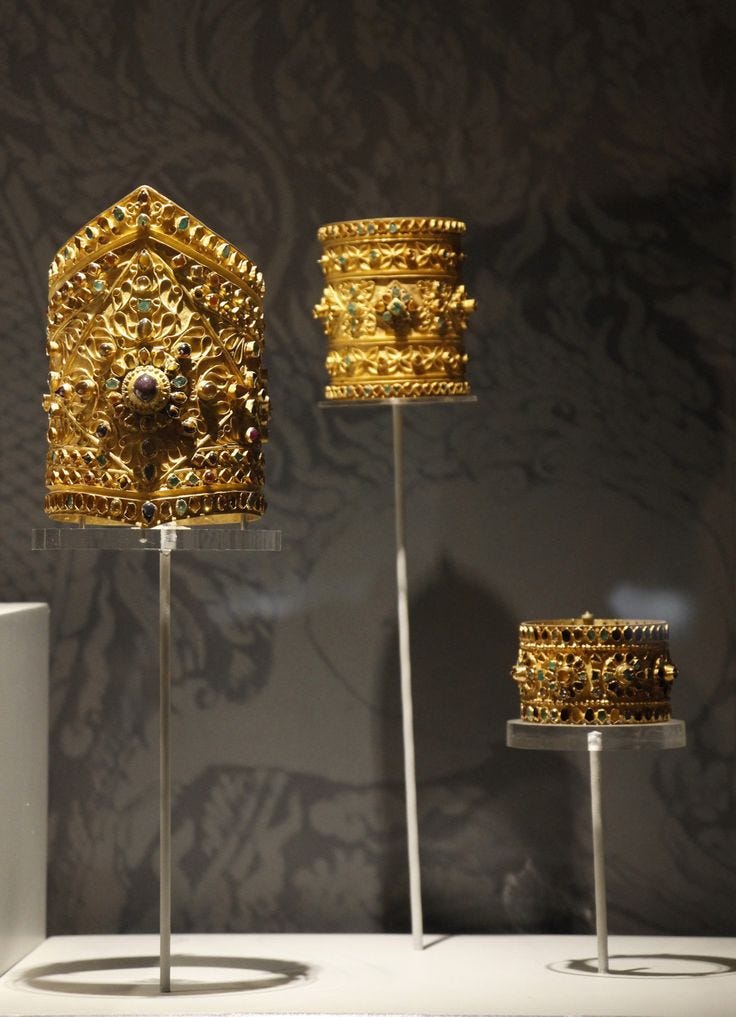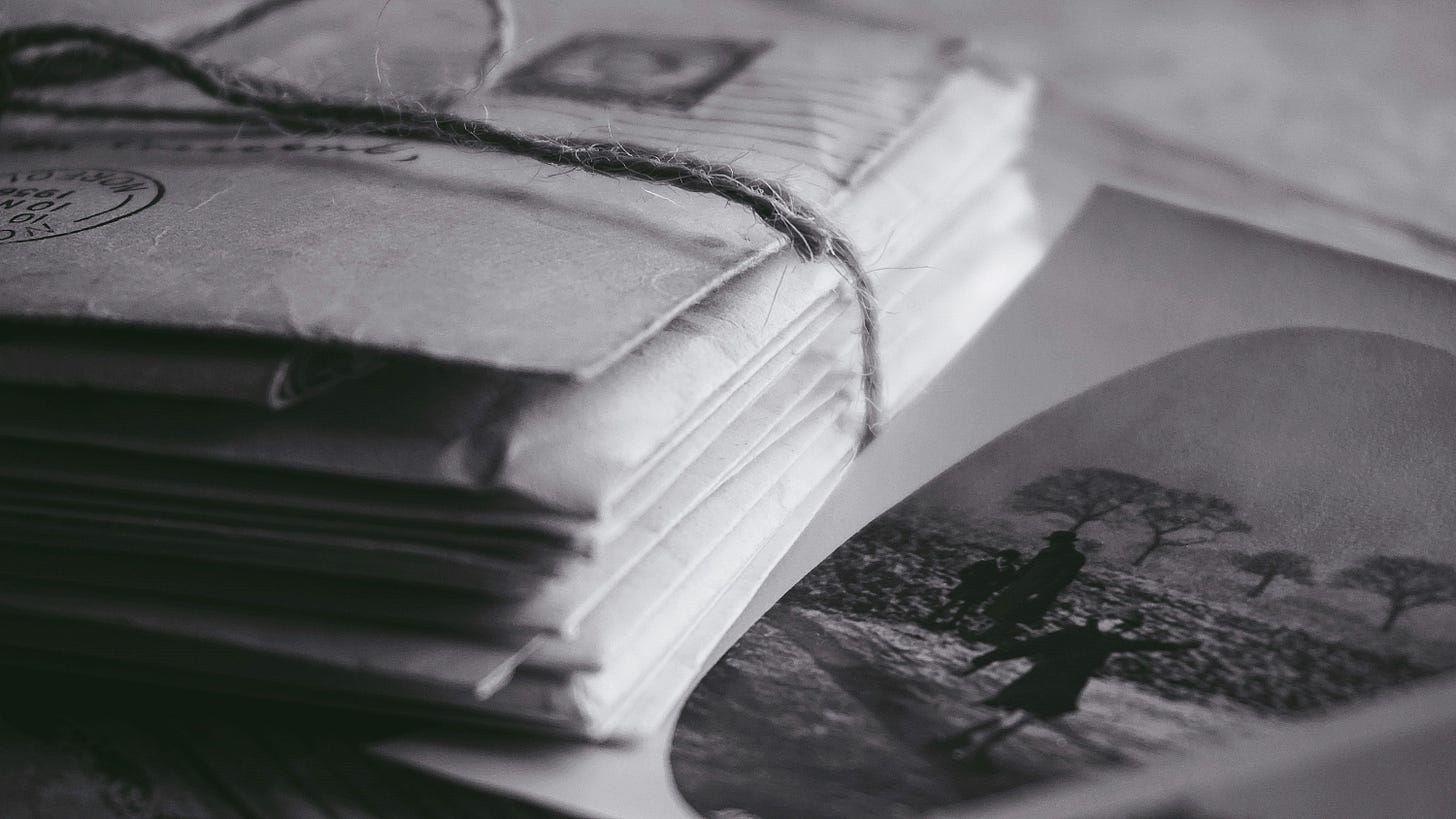There are watches that tell time.
There are watches that tell stories.
A Rolex Daytona might be worth tens of thousands.
But when it’s engraved “Drive Carefully Me” and worn on a daily basis by Paul Newman, its value leaps to nearly eighteen million.
Why?
Because in the world of luxury, the object itself is only half the prize. The other half is invisible, consisting of a history of touch, gaze, and belonging. The sense that what you own carries the spirit of who came before you.
Today, we explore how ownership itself becomes the object of desire, and why, for collectors and dreamers alike, provenance is often worth more than gold.
In the language of auctions and collecting, provenance means an object’s ownership history. But in reality, it means everything.
A diamond is carbon under pressure.
A painting is canvas and colour.
Yet when an object carries the names of kings, movie stars, emperors, or revolutionaries, it becomes something else entirely. It becomes a relic of human story.
When Marie Antoinette’s pearl pendant came to auction in 2018, it wasn’t just admired for its lustre. It sold for $36 million because it once lay against the neck of a doomed queen. Her tragedy, her beauty, her execution – all these invisible threads were woven into its price.
Provenance transforms objects from materials into meaning.
It is what turns a watch into an heirloom, a perfume bottle into a queen’s aura, a painting into a national treasure.
We often think value lies in what an object is made of: gold, silk, diamond, canvas. But deeper value lies in what it makes us feel.
Psychologists call it “psychological ownership.”
It is the sense that something is yours even before you hold it. A feeling of connection rooted in story, memory, or desire.
When collectors bid millions for a painting once owned by an emperor, they aren’t buying brushstrokes alone. They are buying identity. A fragment of history to weave into their own narrative.
This is why provenance commands such power. It is proof that the object mattered before you arrived. That it holds memories of other lives, other hands, other rooms filled with light.
In a world flooded with luxury goods, it is not always rarity that seduces. It is the silent promise: “This belonged to someone you wish you could become.”
Sometimes, an owner’s story eclipses the object entirely.
A simple gold band becomes priceless because it once circled Elizabeth Taylor’s finger.
A perfume bottle of no remarkable design sells for hundreds of thousands because it belonged to Marie Antoinette.
A worn leather jacket is displayed in glass because James Dean wore it.
In these moments, the item itself fades. What remains is the aura of its previous life.
At the 2017 Phillips auction, Paul Newman’s Rolex Daytona fetched nearly $18 million. Not for its materials or complications, but for the life it witnessed: his racing days, his marriage, his fame. The engraving on its back, “Drive Carefully Me,” turned it from stainless steel into legend.
Here, ownership becomes the object.
Collectors buy not just what they can hold, but what they can claim: a tiny piece of someone else’s myth to fold into their own.
Auction houses, dealers, and luxury brands understand one truth:
People don’t just buy objects. They buy meaning.
Catalogues rarely focus on materials alone. Instead, they craft stories: who wore it, who owned it, what moment in history it witnessed. A painting’s price might double if its provenance includes royalty. A watch becomes a treasure if it belonged to a cultural icon.
This is why provenance is verified so meticulously. A forged signature can collapse millions in value overnight. Because in luxury markets, it is the story that creates desire, not just the substance.
Collectors aren’t paying only for what sits before them. They are paying for its invisible layers – the memories, histories, and names that make it more than an object.
In the end, markets for art, jewellery, watches, and rare collectibles thrive on this simple reality:
Meaning sells.
We spend our lives surrounded by objects. Some we forget within days. Others we guard like secrets.
What makes the difference is rarely the material. It is the story. The sense that this watch, this ring, this bottle of scent carries a life beyond its form.
Ownership transforms value. But more than that, it transforms meaning. Because to own what once belonged to someone admired, envied, or loved is to hold a fragment of their world.
In the end, we collect not just things.
We collect the lives we wish to touch, the histories we wish to inherit, and the silent power of saying:
“This was theirs. Now, it is mine.”
See you soon.
—Dibyanshu.







